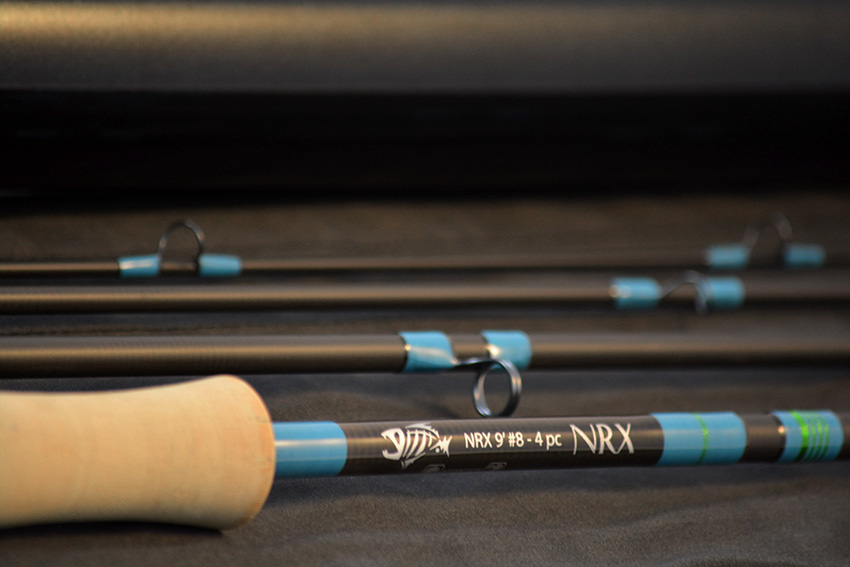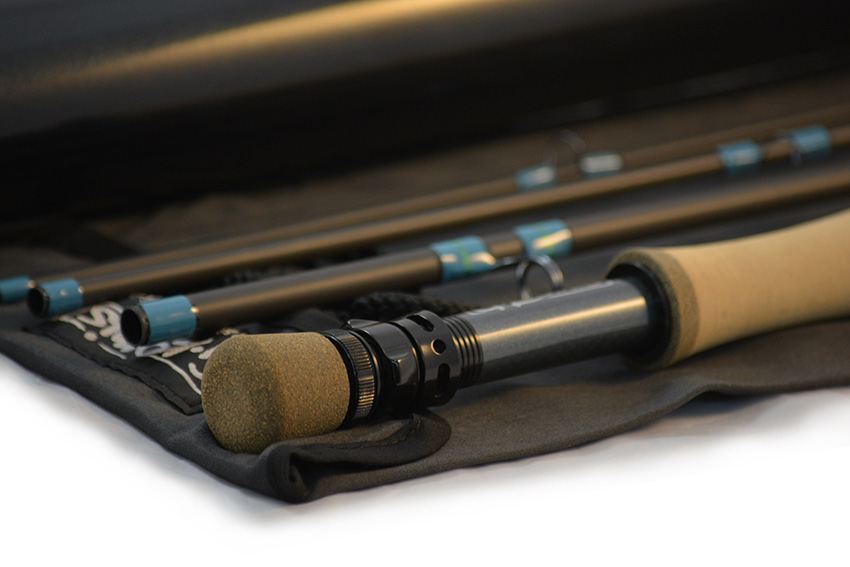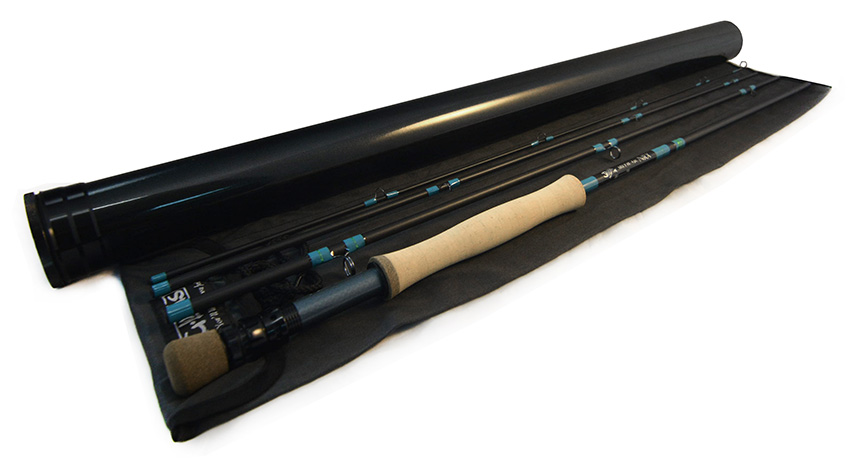#3. G. Loomis NRX 9 foot #8 $805.00
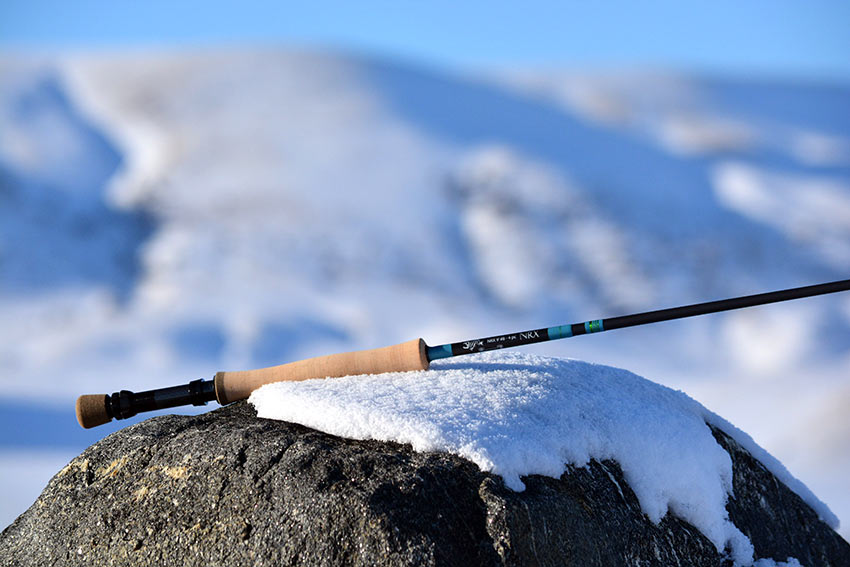


George’s Notes:
I guess it’s no surprise that the NRX would be near the top again this year since it won two of our last three 8-weight Shootouts! This is still one of the best casting rods I’ve used, and is especially impressive at mid to long range. I fish a lot of NRX rods throughout the year, in both fresh and saltwater, and I’m convinced that this is one of the very toughest rods on the market. I’ve had them doubled over playing trout up to 20 pounds, big permit and tarpon. They have performed without a whimper, when other rods have broken.
Part of this strength is the way Loomis has constructed these rods, and the way they have used the 3M nano-resins. Steve Rajeff, the head rod designer for Loomis, deserves a lot of credit for giving us rods that are both powerful but light in swing weight. His ability to design a progressive fast action, giving us softer tips than many other rods, is the key to why the NRX rods perform so well. When I’m casting the NRX, I’m always impressed with the way it tracks and forms such sweet tight loops.
If for any reason your NRX breaks, you call Loomis and use their Expeditor program. They charge your credit card $100 but then ship you a brand new rod in 2-3 days! They include a FedEx call tag so it costs you nothing to send the broken rod back.
This is a good looking rod, with a flat gray finish and robin’s egg blue wraps that include some green trim on the butt. The cork handle is a modified full wells, a Rajeff design similar to that on the Asquith. It is slightly larger ahead of the swell than at the back. Steve claims this gives you more control and power at longer distances. And he should know with all his fly-casting distance and accuracy championships won over the years.
A stack of thin cork rings is used as on the Asquith, to produce the best quality grip we’ve seen. The reel seat is their uplocking version found on other NRX rods but with an extra, easy to grip locking ring that allows a very positive lock up with the heavier saltwater reels. A short fighting butt is used. Two black wire recoil stripping guides are used, followed up with the best flexible nickel/titanium snake guides in a black pearl color. You are never going to break any of these guides! Like all Loomis rods, this is made in Woodland, Washington.
George’s casting notes:
Performance at 35 feet: 19 points out of 20
I notice the heavier swing weight than the Asquith. Both the Meridian and Orvis Helios 3F give me better feel and accuracy.
Performance at 60 feet: 19.5 points out of 20
Tracks beautifully, with good accuracy but can’t touch the Asquith. The Helios 3F and Meridian were also marginally better.
Performance at 80 feet: 20 points out of 20
I felt the NRX was as good as the Asquith at 80 feet, and was able to throw long tight loops with ease. As good as it gets.
Performance at 100 feet: 19.5 points out of 20
Only the Asquith was better, and the NRX was definitely better than the Meridian and Helios at extreme long range.
4. G.Loomis NRX 9’#8 4pc $805
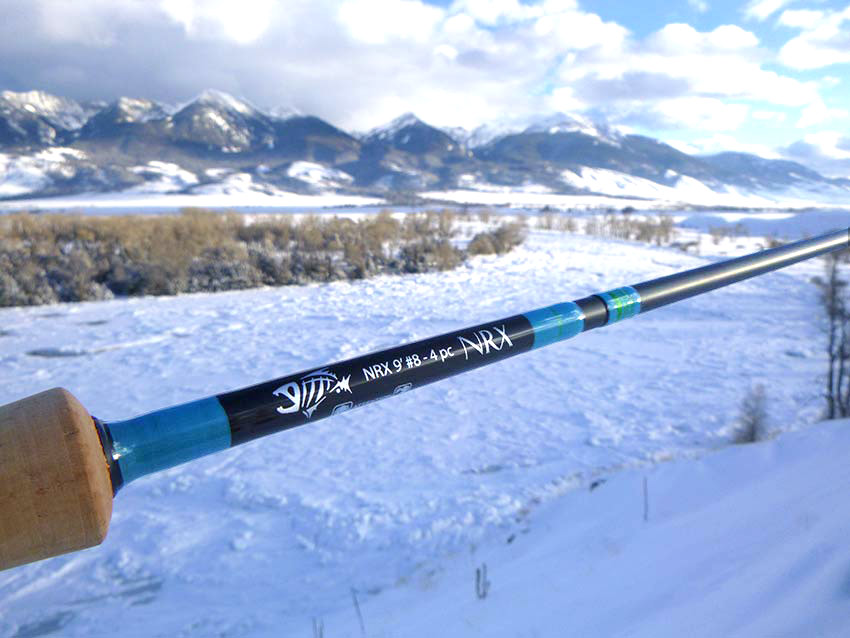


James’ Notes:
The G.Loomis NRX has been one of those “timeless rods” that continues to perform at a high level. Some designs just work well and as the old saying goes, “if it ain’t broke don’t fix it.” Luckily, the NRX rods (and CrossCurrent GLX rods) are still in G.Loomis’ line up and are still selling strong.
One thing that really impresses me about the NRX is how accurate it is. Every manufacturer brags about the accuracy of their rods, but the NRX truly does feel like one of the most accurate rods on the market. An accurate cast is probably the most important factor in fishing success, especially when it comes to huge, smart, pressured bonefish.
The NRX has never really felt heavy to me until this year. I used to think the Scott Meridian was just an anomaly when it won our 2016 8-weight Shootout. Now, when compared to the Asquith, Meridian, 3F, and Exocett, the NRX does feel noticeably heavier in hand. Even rods like the Sage X, Orvis Recon, and Loop Q had lighter swing weight.
The good news is we know how strong the G.Loomis NRX and CCGLX rods are. No other rods have been put through more abuse and have survived time and time again. Whether they were tested down at Jurassic Lake on fat 20-pound rainbows, or bent to the cork on strong steelhead like Alaskan rainbows, these rods have proven themselves to be the toughest and most durable we have found. In talking with the guide and outfitter community, we don’t find much argument here either.
1st impressions: Bright “robin’s egg” blue wraps set it apart from other rods. One of the most accurate rods in the Shootout. One of the strongest rods in terms of breakage.
Performance at 35 feet: 19 points out of 20
Pleasant, and really accurate, but the Asquith has an even nicer, softer tip. Hit the plate every single time, with the line landing soft enough. Tempting to give a 20 due to amazing accuracy but less feel compared to the Meridian and 3F gets it a solid 19.
Performance at 60 feet: 19.5 points out of 20
“Nothing wrong with that!”
Lots of power matched with excellent accuracy. Would have been a perfect 20 but the Asquith, Meridian, and 3F feel lighter in hand and get the edge.
Performance at 80 feet: 20 points out of 20
The NRX throws long like a champ. As good at long range as the Asquith, and definitely better than the Meridian or Helios 3F at the 80 foot mark.
Performance at 100 feet: 19 points out of 20
Seeing how easy it was to cast 80 feet, I expected the NRX to be on par with the Asquith. It’s not nearly as powerful or light at 100 feet.
#3. (tie) G. Loomis NRX $805.00
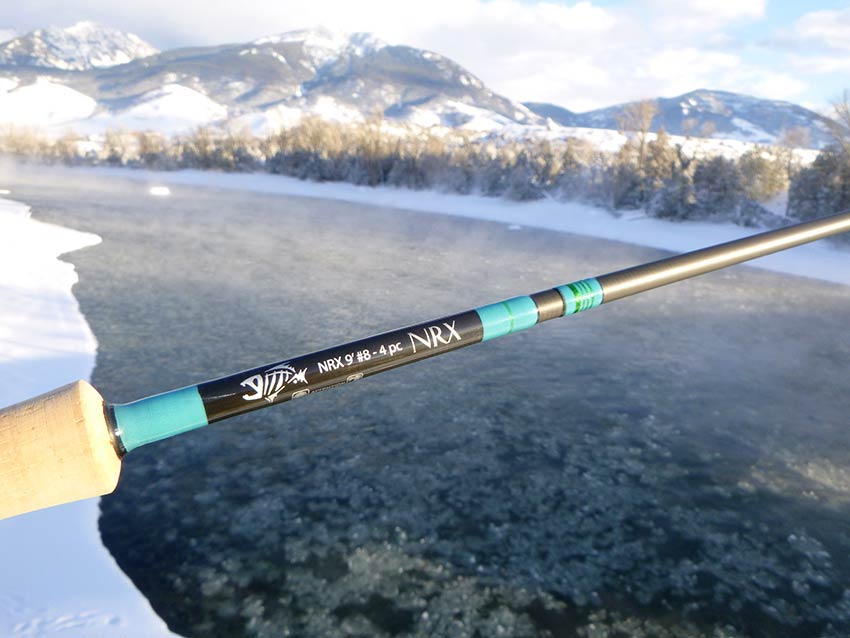


Logan’s Notes:
Although the G. Loomis NRX is no longer the “top dog” for an 8-weight, it is still one of the finest rods on the market and still one of my all time favorite 8-weight rods. Very little has changed about the NRX since its introduction several years ago and it’s no surprise why. It is an absolute powerhouse and the amount of reserve power in this rod is ridiculous. When you need to “go for it” this rod delivers. I still love the robins egg blue wraps and matte black finish.
Performance at 35 feet: 19 out of 20
The G. Loomis NRX was very good at 35 feet. It was heavier in hand than the Asquith, which gave the Asquith a slight advantage over the NRX.
Performance at 60 feet: 20 out of 20
At 60 feet the NRX threw laser loops. It was one of the most accurate rods at 60 feet.
Performance at 80 feet: 19.5 out of 20
The G. Loomis NRX was great at 80 feet. It was one of the most powerful rods in our tests. I thought the G. Loomis Asquith and the Thomas & Thomas Exocett were slightly more accurate at long range though, so I deducted a half point here.
3. (tie) G. Loomis NRX 58.5/60 $805.00
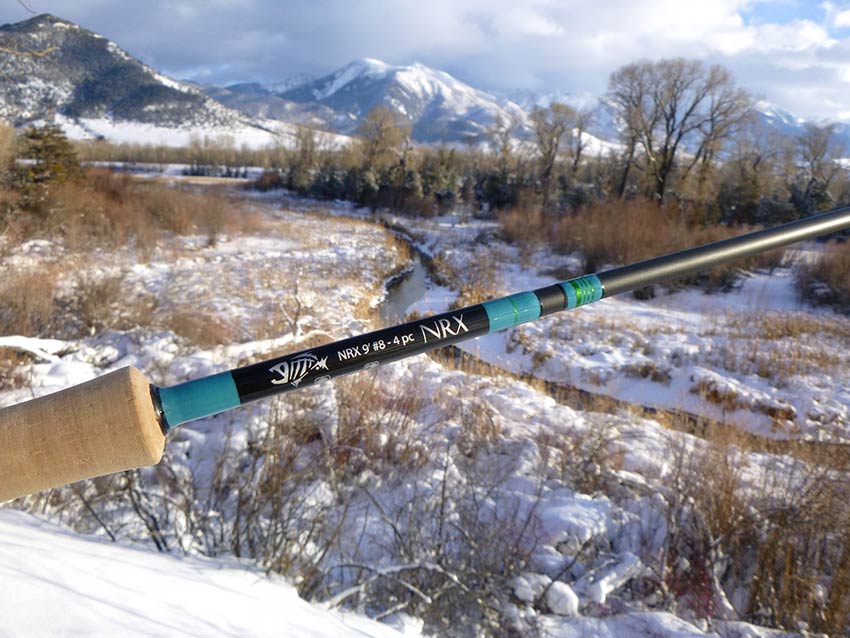


JG’s Notes:
This rod needs no introduction. It’s been around for a while and has been featured by us in many shootouts in various weights. It’s always a top performer; that alone should tell you something about this great rod.
Performance at 35 feet: 18.5
The NRX is definitely geared more toward power and distance than finesse. It lacks the feel and delicacy to get top marks at 35 ft., but I felt it was still very accurate.
Performance at 60 feet: 20
Once you start to gain some distance you see why the NRX is such a good rod. At 60 ft. it really comes into its own delivering great casts to the target every time. Wind is no issue for the NRX’s power, and it is perfectly capable of picking up 60 ft. of line and laying it back down accurately to another target if you find yourself needing to make a quick second cast.
Performance at 80 feet: 20
The NRX still shines at 80 ft. and on out to 100. You can create a lot of line speed really easily with this rod. This helps to control tailing loops, since I don’t have to cast as aggressively as with some rods. The higher line speed also deals with wind really well, and helped to produce good accuracy when I’m really reaching out there.
Performance at 100 feet:
Just like at 80 feet, the NRX is one of the best rods at making the longest casts. This was one of the easier rods for me to reach the last target, while still retaining enough accuracy to let myself think that if there was a permit out there that I would have gotten an eat, (editor’s note: dream on!)
